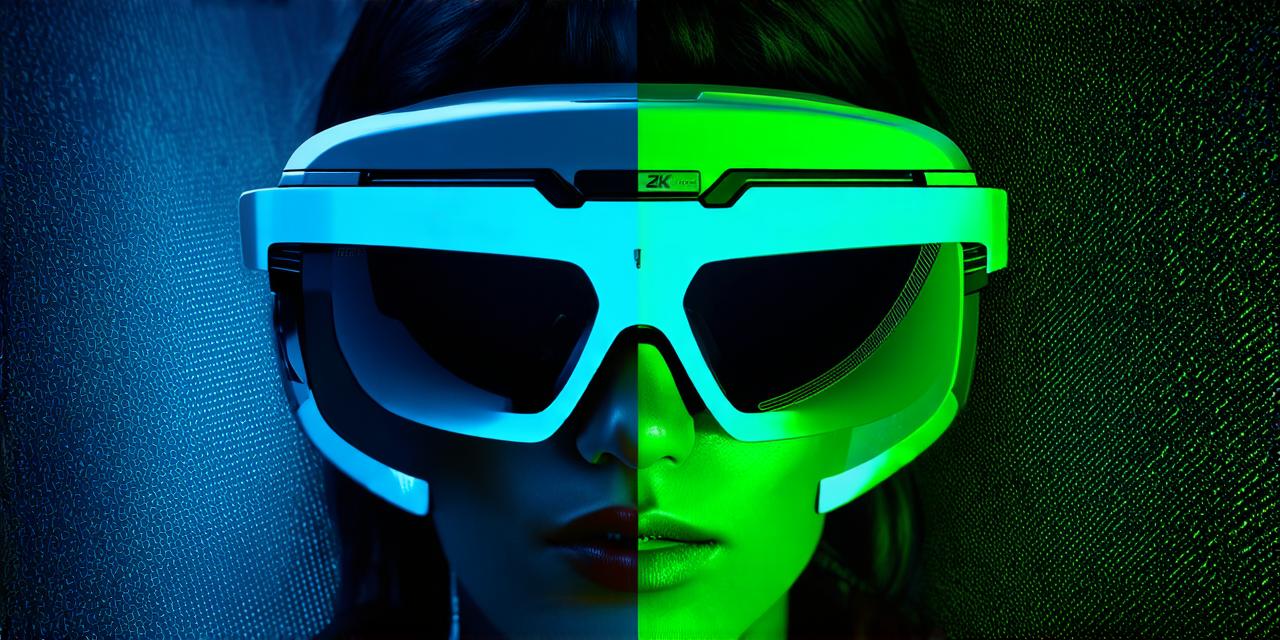
What sets augmented reality apart from virtual reality?
Virtual reality (VR) and augmented reality (AR) are two of the most exciting technologies in the world today. Both allow users to experience immersive environments that blur the line between reality and digital worlds, but they do so in different ways.
Virtual reality is a technology that creates a completely immersive experience for the user. It uses sensors and headsets to track the user’s movements and create a 3D world that they can explore in real-time. This means that the user is fully immersed in the virtual environment, with no visible connection to the physical world.
One of the most popular applications of VR is in gaming. Games like “Beat Saber” and “Resident Evil 7” use VR to create highly engaging experiences that transport players into immersive worlds filled with action and adventure. Virtual reality can also be used for education, training, and simulation purposes.
Medical students can use VR to practice surgeries or pilots can use VR to train for flight in a safe and controlled environment.
Virtual Reality vs Augmented Reality: What’s the Difference?
Augmented reality is a technology that overlays digital information onto the real world. It uses cameras, sensors, and algorithms to track the user’s position and then adds digital objects or information to the camera feed in real-time. This means that the user can see the physical world around them, but also has access to additional digital information or features.
One of the most popular examples of AR is Snapchat’s filters and lenses. These use AR to overlay digital images onto the user’s camera feed, allowing them to add fun effects and filters to their photos and videos. Another example is IKEA’s AR app, which allows users to see how furniture would look in their home before buying it.
The key difference between VR and AR is that VR creates a completely immersive world that the user can explore, while AR adds digital information to the real world. This means that VR is more effective for creating fully immersive experiences, while AR is better suited for enhancing existing environments with additional information or features.
Case Studies: How AR is Being Used in Education and Training
One of the most exciting applications of AR is in education and training. By overlaying digital information onto the real world, AR can help students learn and understand complex concepts more easily.
For example, AR can be used to teach anatomy by allowing students to see the internal structures of a body overlaid onto a physical model.
AR can also be used for training purposes. For example, pilots can use AR to practice flying in a safe and controlled environment, without the risk of crashing a real plane. Similarly, medical professionals can use AR to practice surgeries or other procedures, allowing them to gain valuable experience without risking patient lives.
Personal Experience: Using AR for Gaming
As someone who has used both VR and AR, I can say that there is a big difference between the two. While VR creates a fully immersive world that transports you into a digital realm, AR enhances your experience of the physical world by adding digital elements to it.
For example, when playing “Pokemon Go,” I loved the way the game overlaid digital creatures onto the real world. It was so much fun to explore my city and discover new Pokemon hidden in unexpected places. Similarly, when using AR in education or training, it was fascinating to see how the digital information enhanced my understanding of complex concepts.
Summary: What Sets AR Apart from VR?
In conclusion, virtual reality and augmented reality are two exciting technologies that allow users to experience immersive worlds in different ways.



